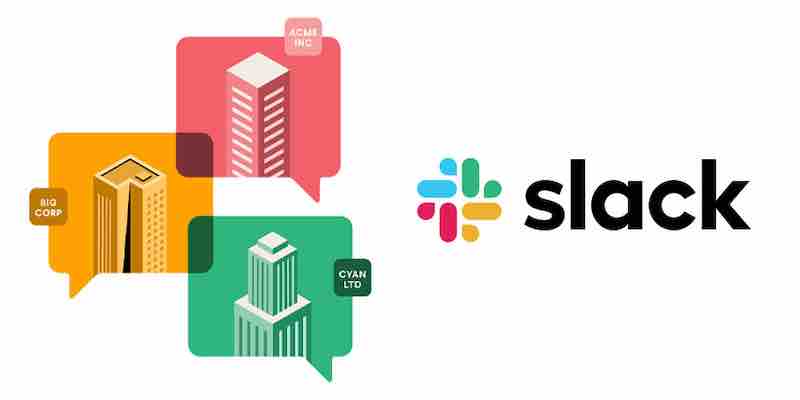Implementing Organizational Approaches in Software Development Teams with Conway’s Law

Organizational Approaches in Software Development Teams
Conway’s Law states that “organizations which design systems are constrained to produce designs which are copies of the communication structures of these organizations.” In other words, how people in an organization communicate with each other will influence how they design and develop software systems.
This can be a problem because if an organization has a poor communication structure, it is likely to produce software systems that are difficult to use, maintain, and evolve.
Several organizational approaches can be used to mitigate the effects of Conway’s Law. These approaches include:
- They are breaking down silos and promoting collaboration among teams. Silos are organizational structures that create barriers between different groups or departments. These barriers can make it difficult for teams to communicate and collaborate, leading to problems in the design and development of software systems.
- They are implementing Agile, software craftsmanship, and XP. Agile, software craftsmanship, and XP are all software development methodologies emphasizing collaboration, communication, and continuous improvement. These methodologies can help break down silos and promote team collaboration, leading to better software development.
- They use tools and techniques to facilitate communication and collaboration in a distributed development environment. In today’s global economy, it is increasingly common for software development teams to be distributed across multiple locations. This can make it challenging to communicate and collaborate effectively. Many tools and techniques can facilitate communication and collaboration in a distributed development environment.
Strategies for Breaking Down Silos and Promoting Collaboration Among Teams
Several strategies can be used to break down silos and promote team collaboration. These strategies include:
- They are creating cross-functional teams. Cross-functional teams are teams composed of members from different departments or teams. This helps to break down the barriers between other teams and promote collaboration.
- They are using agile methodologies. Agile methodologies, such as Scrum and Kanban, emphasize collaboration and communication between team members. This can help to break down silos and promote teamwork.
- We are encouraging informal communication. Informal communication, such as water cooler and hallway conversations, can help build team members’ relationships and promote collaboration.
- We are creating a culture of collaboration. A culture of collaboration is where team members are encouraged to work together and share ideas. This can be made by providing incentives for cooperation, such as rewards and recognition.
Best Practices for Implementing Agile, Software Craftsmanship, and XP in a Software Development Organization
Several best practices can be followed when implementing Agile, software craftsmanship, and XP in a software development organization. These best practices include:
- Start small. When implementing any new methodology, it is essential to start small. This will allow you to learn from your mistakes and adjust as needed.
- Get buy-in from stakeholders. It is vital to get buy-in from stakeholders before implementing any new methodology. This will help ensure everyone is on board and the implementation is successful.
- Provide training. It is crucial to provide training to team members on the new methodology. This will help them to understand the methods and how to implement them effectively.
- Measure the results. It is essential to measure the results of the new methodology. This will help you to determine if the method is successful and if it is worth continuing.
Tools and Techniques for Facilitating Communication and Collaboration in a Distributed Development Environment
Many tools and techniques can facilitate communication and collaboration in a distributed development environment. These tools and techniques include:
- Project management software. Project management software can be used to track the progress of projects, manage tasks, and communicate with team members.
- Collaboration tools. Collaboration tools like Slack, Google Docs, and Jira can communicate with team members, share files, and track progress.
- Video conferencing. Video conferencing can be used to hold meetings with team members in different locations.
- Documentation. Documentation can communicate the design and development process to team members.